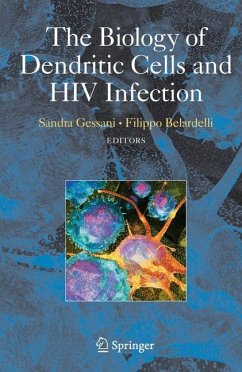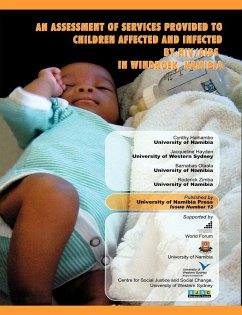
Communication Between Virus and Virus-infected Cells
Versandkostenfrei!
Versandfertig in 6-10 Tagen
36,99 €
inkl. MwSt.

PAYBACK Punkte
18 °P sammeln!
Viruses that contaminate bacteria creatures commonly known as bacteriophages (or phages) possess reconnaissance mechanism that brings them intel on whether to remain torpid or assault, contingent upon the accessibility of new casualties. Be that as it may, scientists since quite a while ago had notion that these cycles were detached; the phages appeared to simply sit back and hear, sitting tight for bacterial trouble signs to arrive at breaking point prior to making a move Lysis or Lysogeny. They understood that as a phage taints a cell, it delivers a minuscule protein, a peptide only six amin...
Viruses that contaminate bacteria creatures commonly known as bacteriophages (or phages) possess reconnaissance mechanism that brings them intel on whether to remain torpid or assault, contingent upon the accessibility of new casualties. Be that as it may, scientists since quite a while ago had notion that these cycles were detached; the phages appeared to simply sit back and hear, sitting tight for bacterial trouble signs to arrive at breaking point prior to making a move Lysis or Lysogeny. They understood that as a phage taints a cell, it delivers a minuscule protein, a peptide only six amino acids long, that fills in as a message to its brethren that it has infected a cell. As the phages contaminate more cells, the message gets stronger, flagging that uninfected cells are getting scant. Phages at that point put an end to lysis - the cycle of recreating and breaking out of their hosts rather remaining covered up in a languid state called lysogeny. That correspondence can happenbetween infection contaminated cells has been acknowledged for about however long has infection sub-atomic science.












